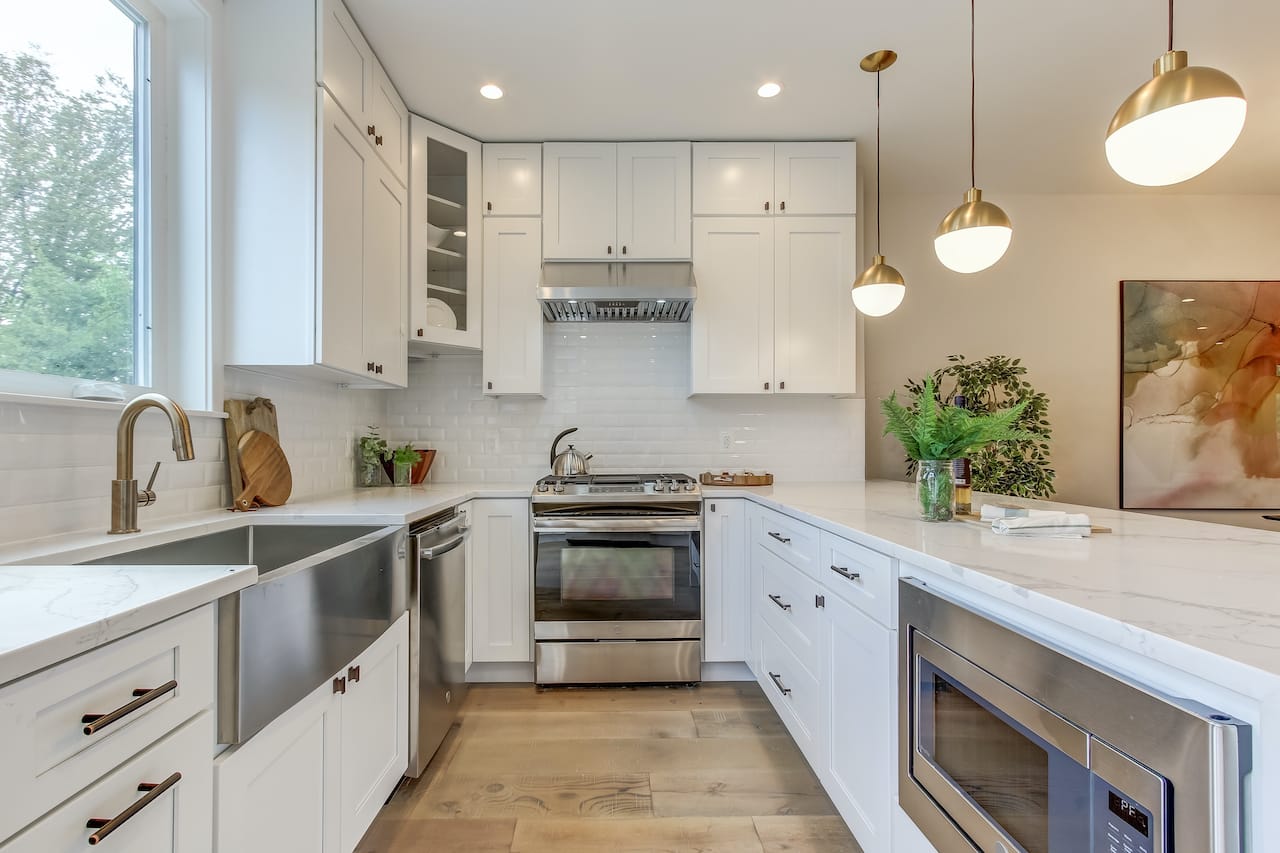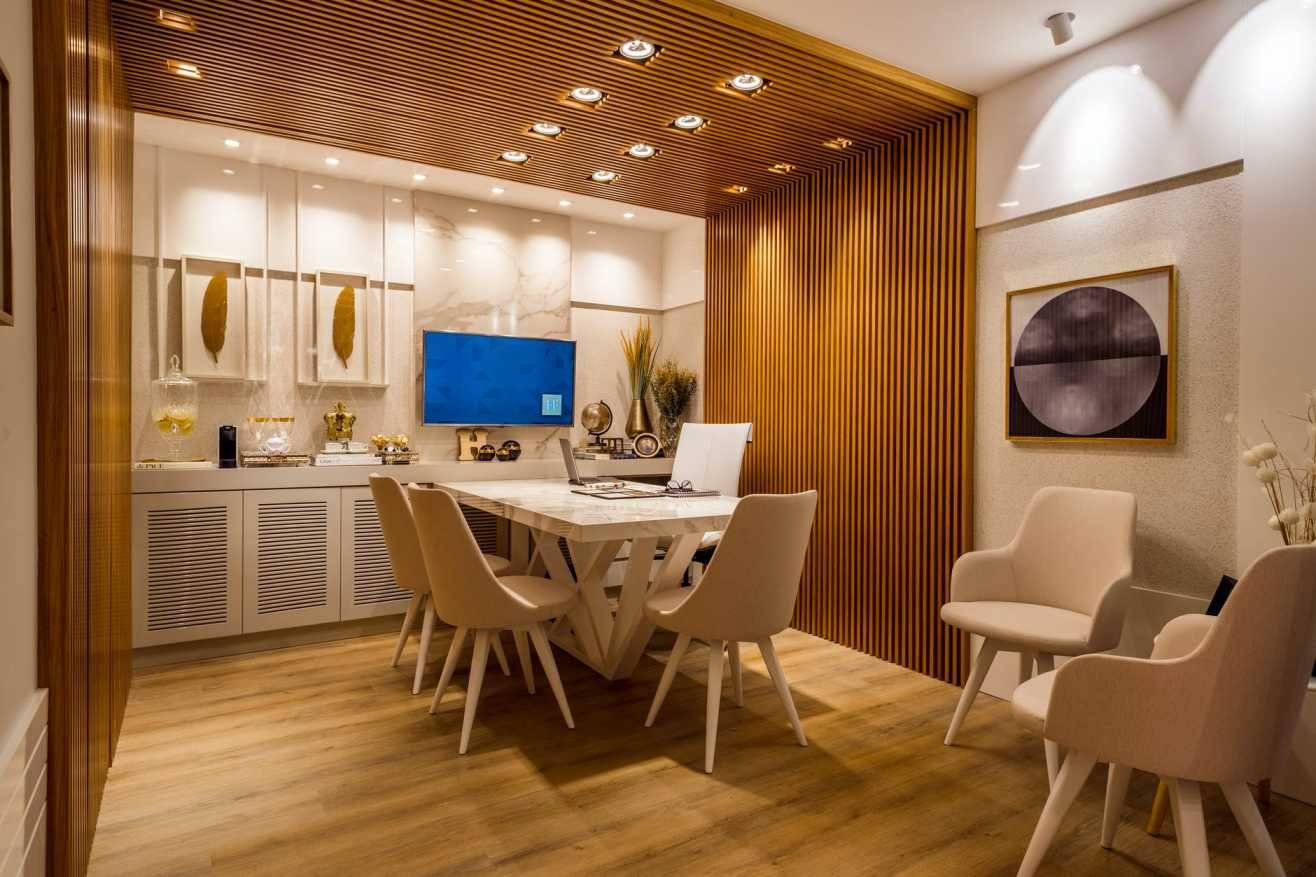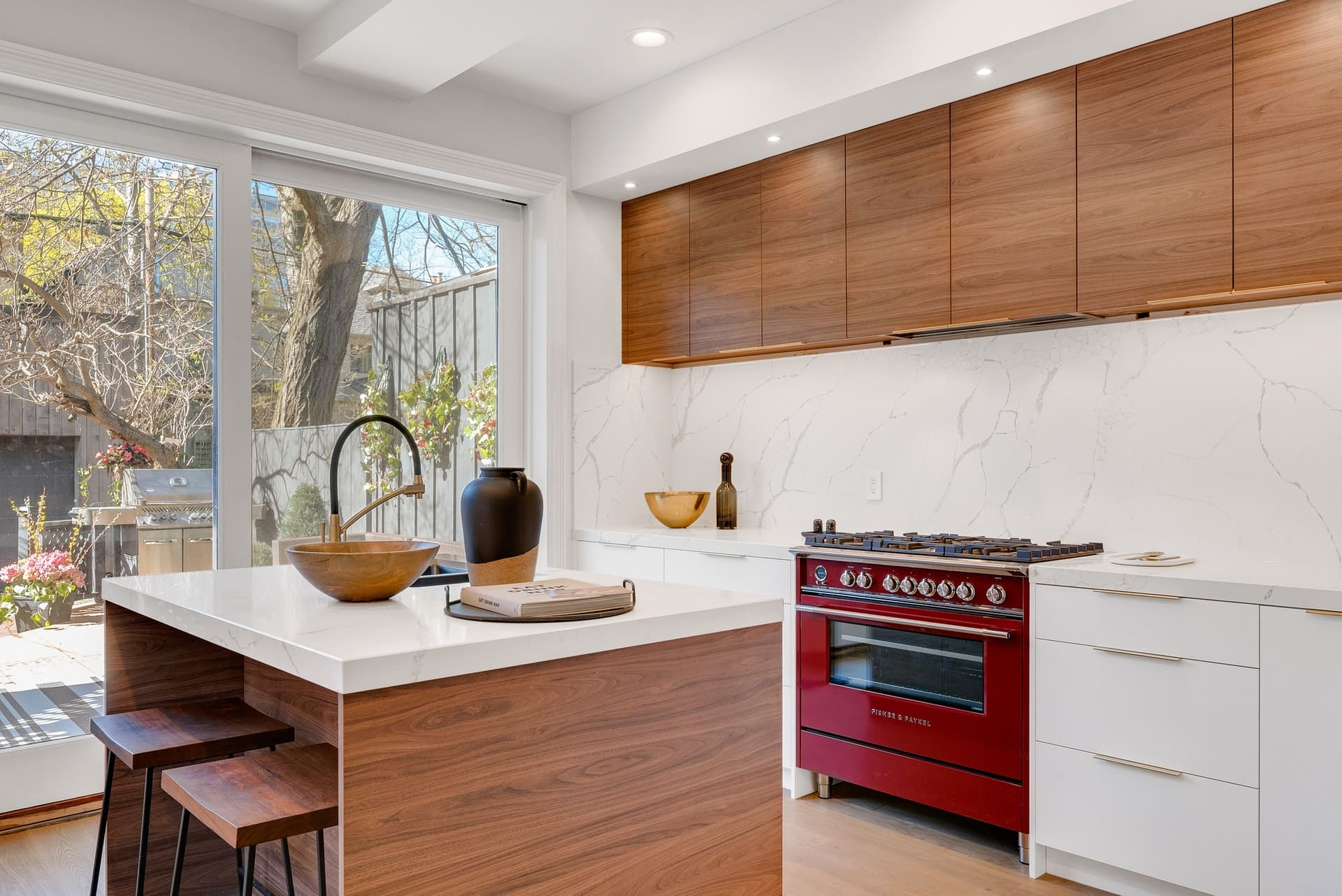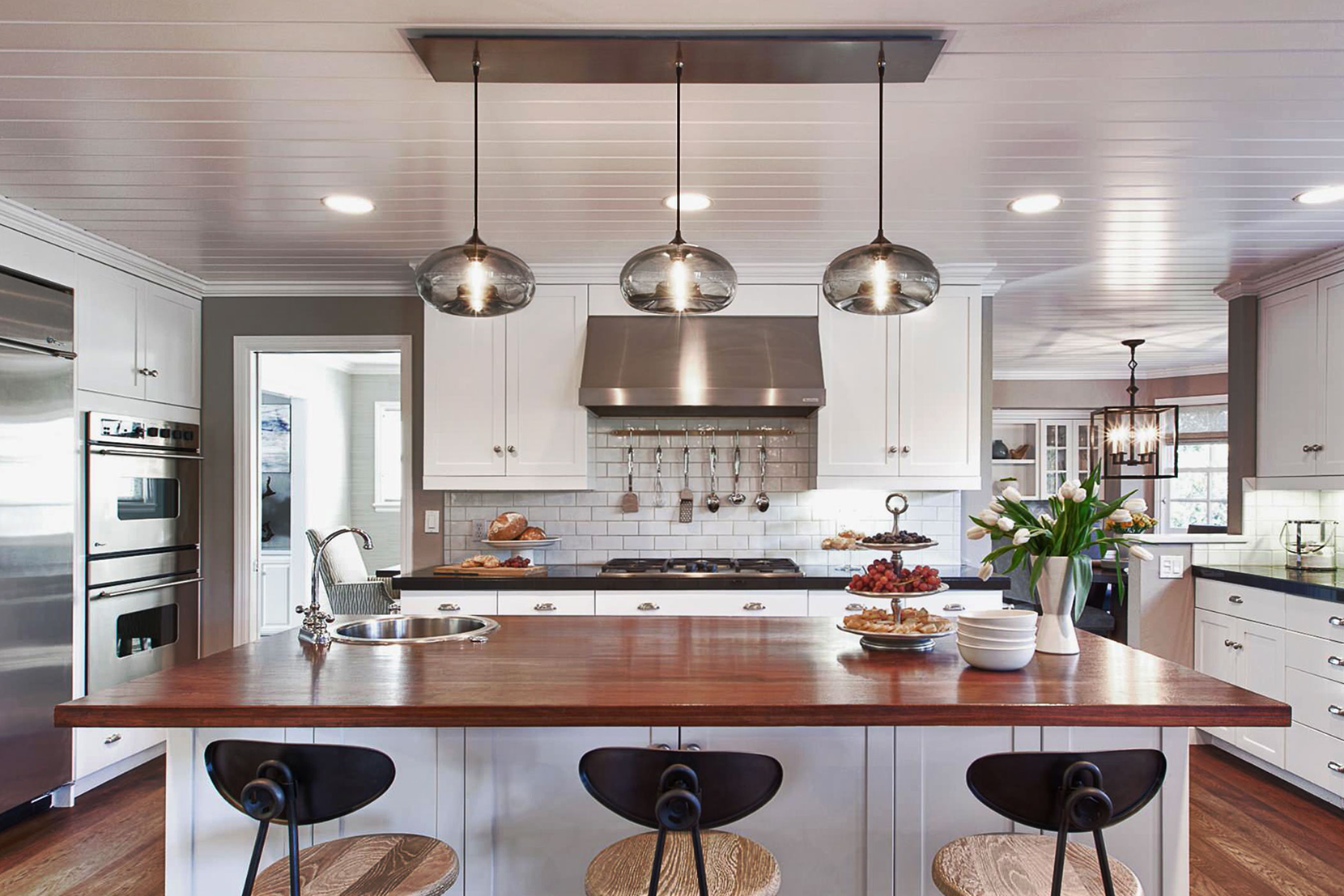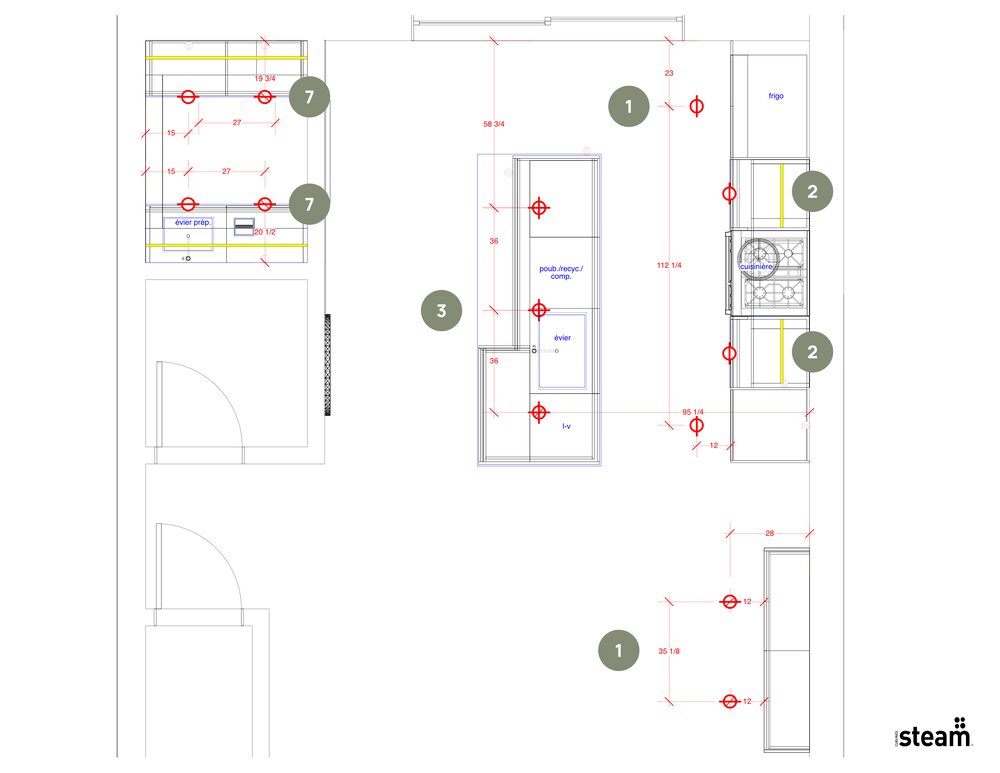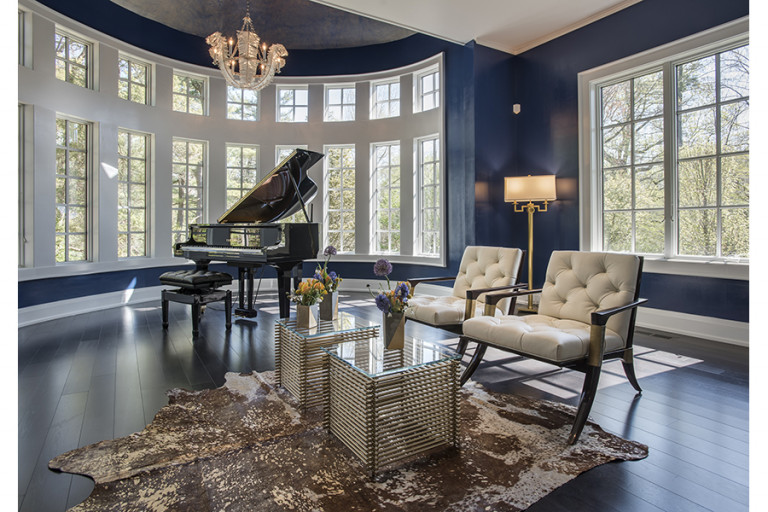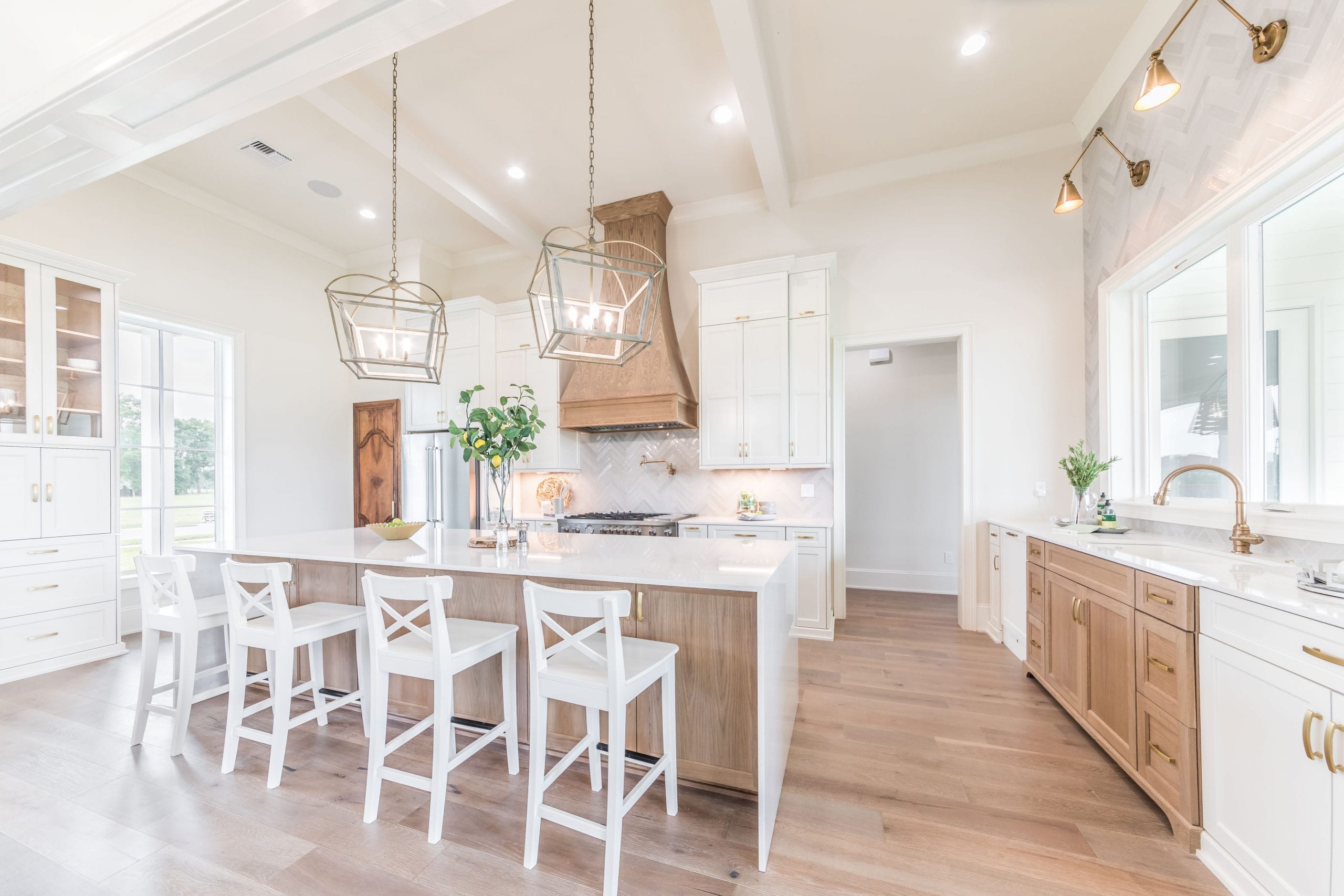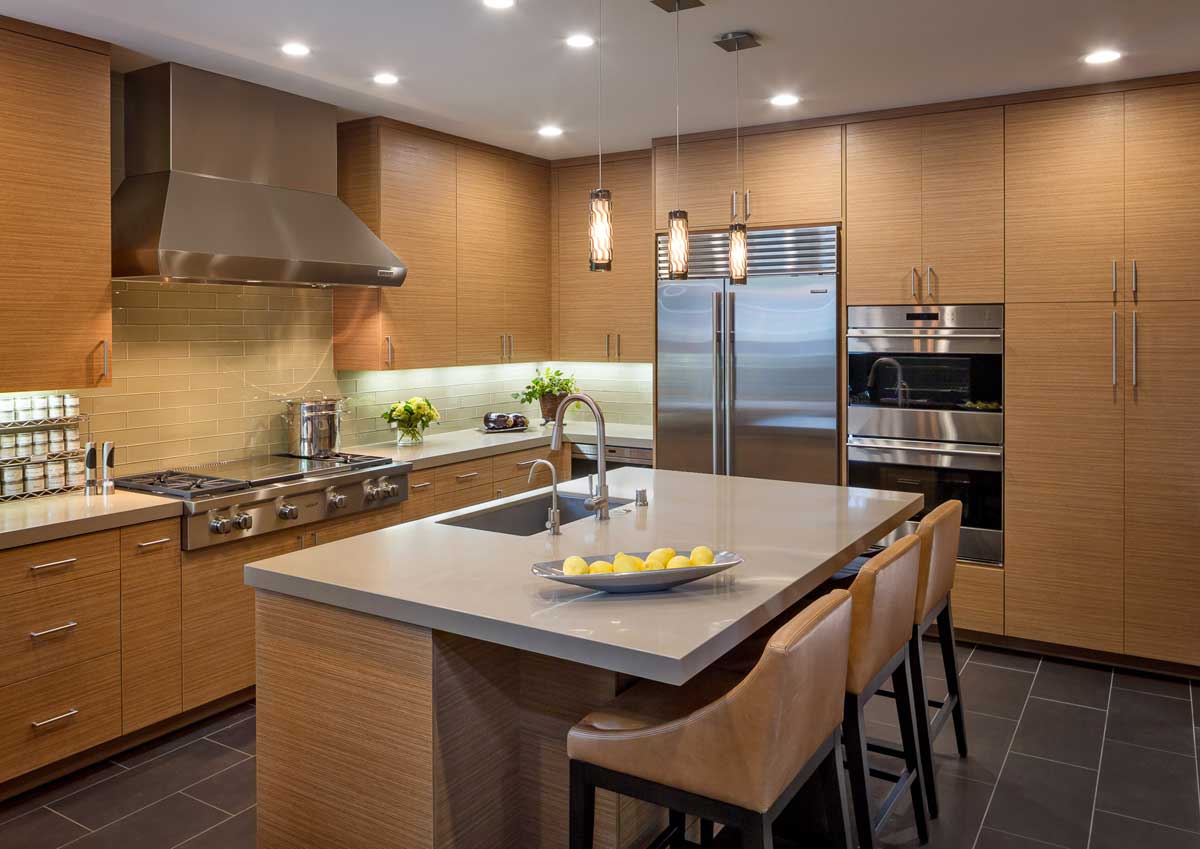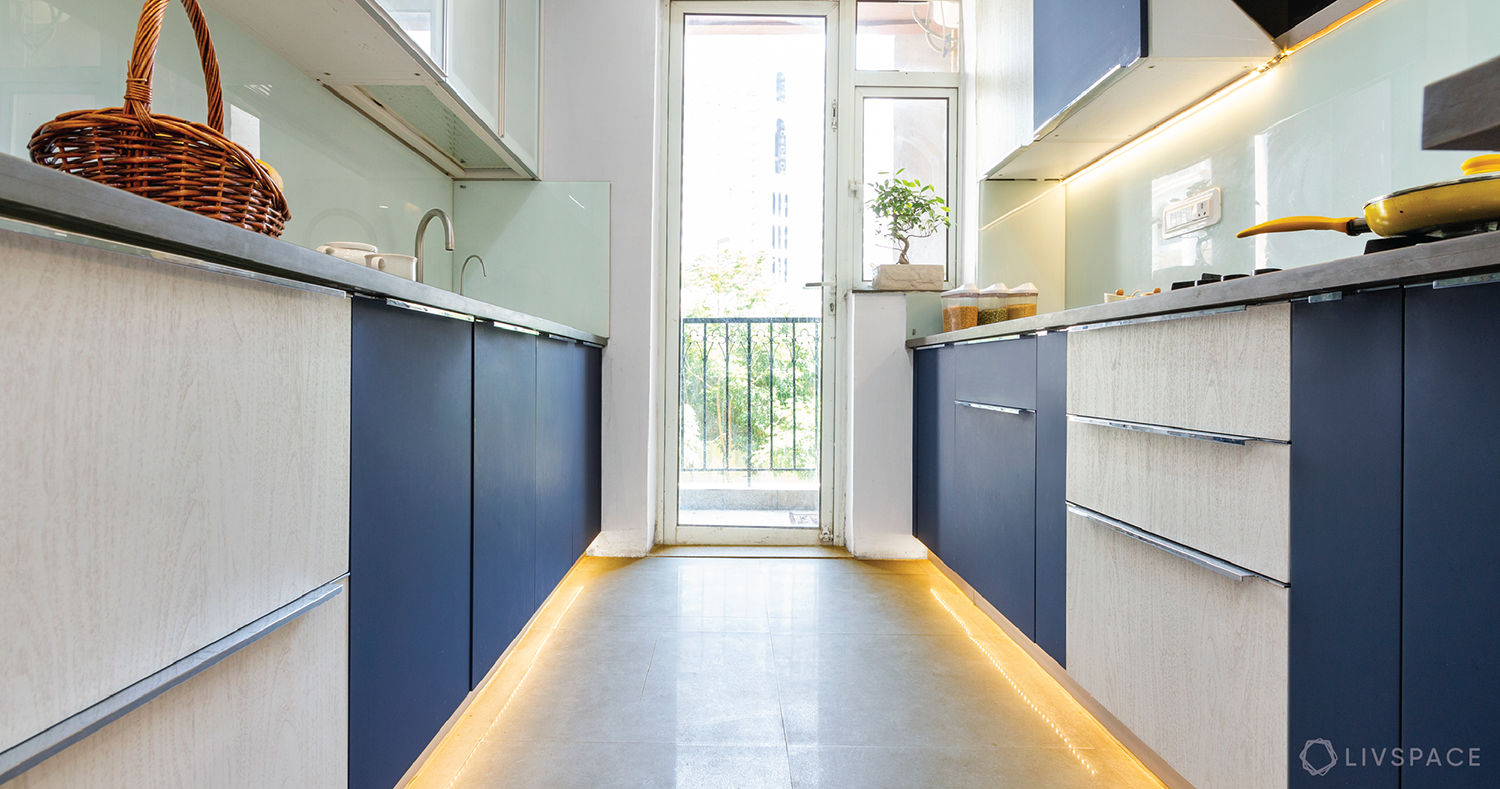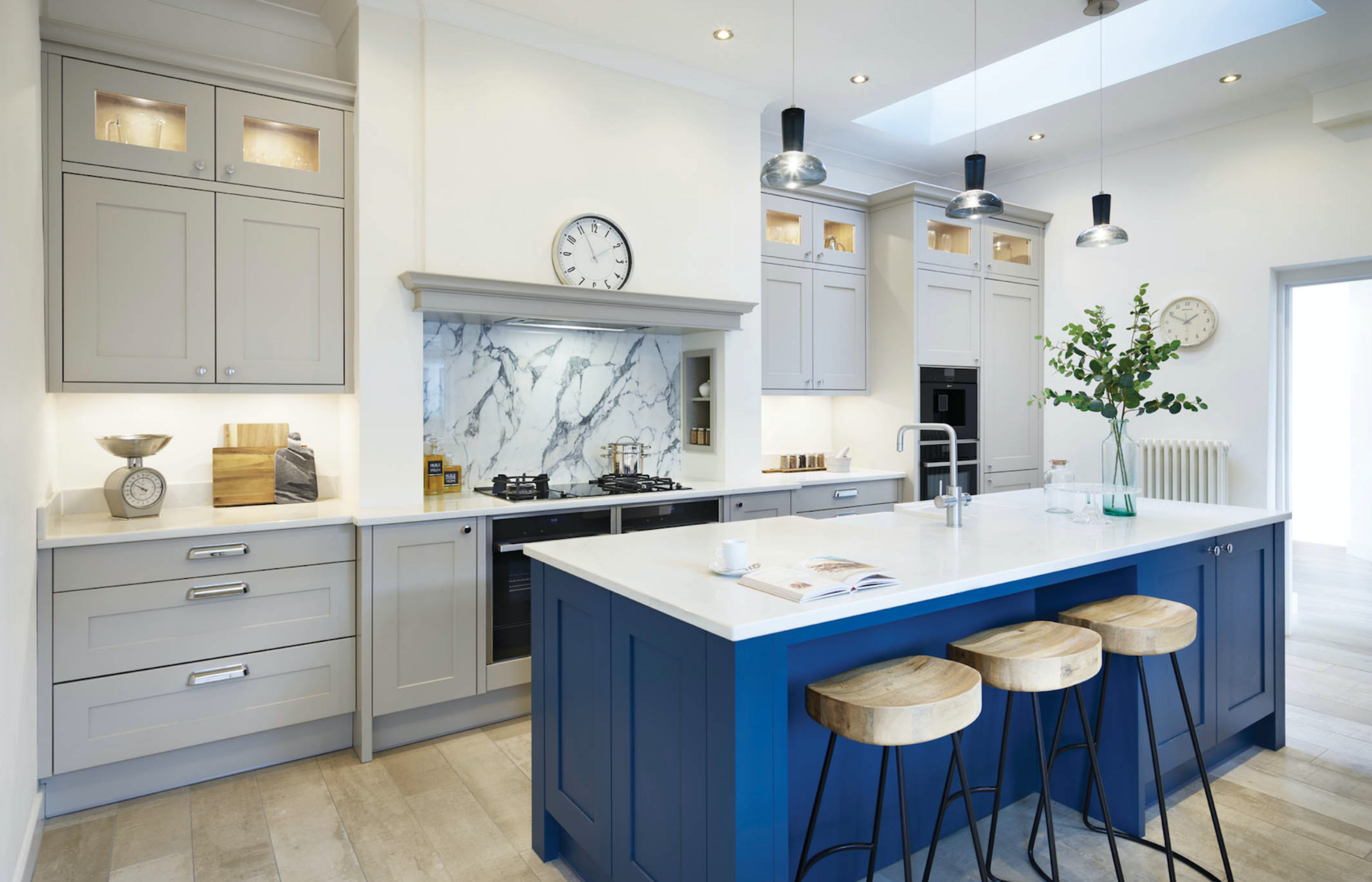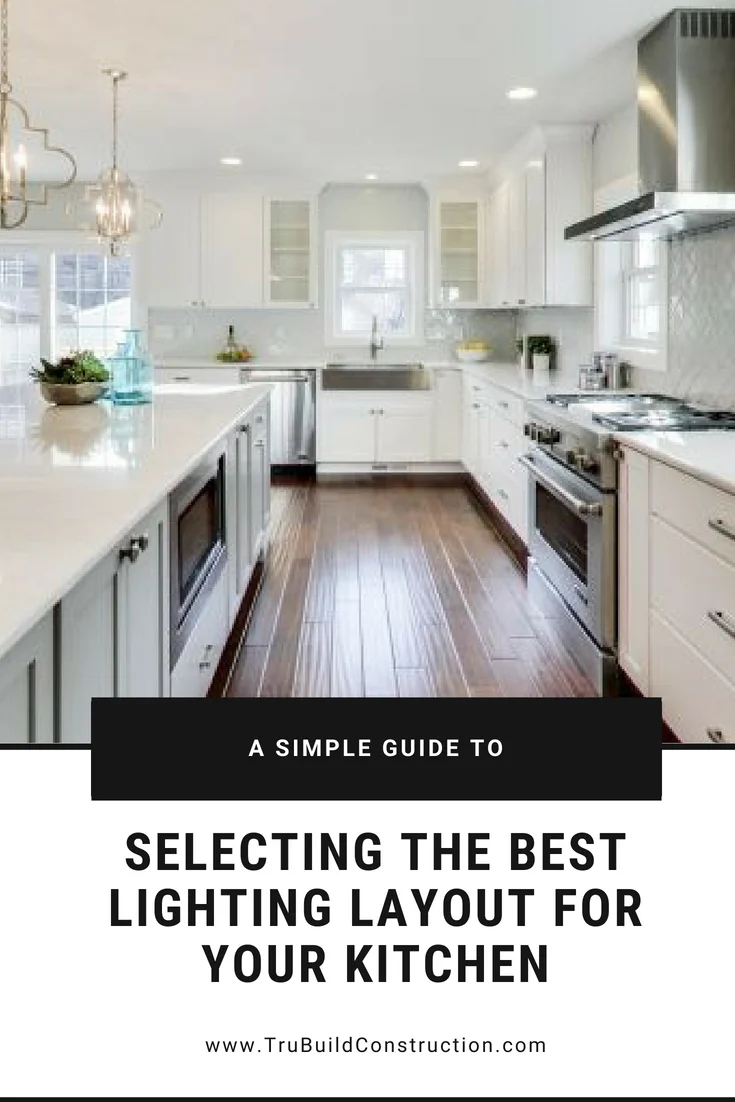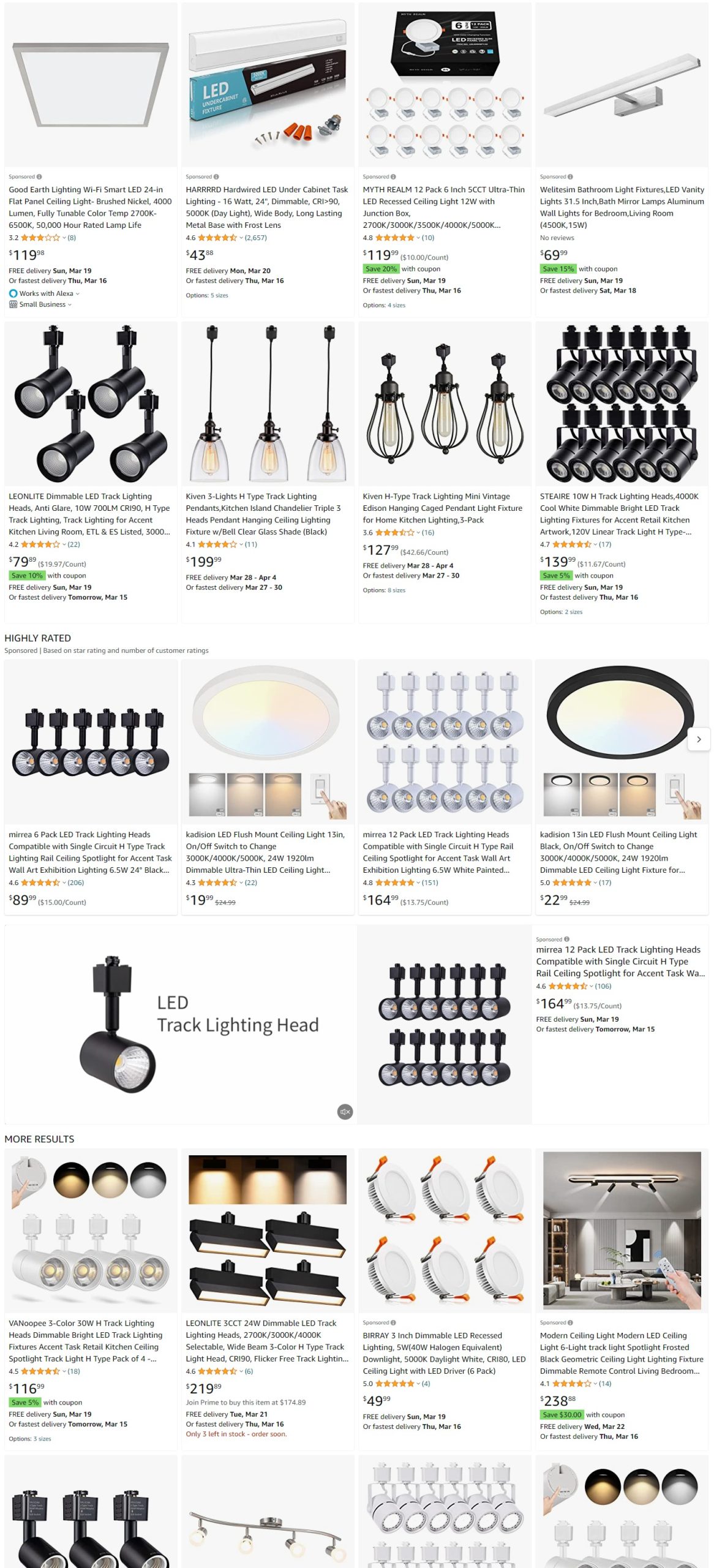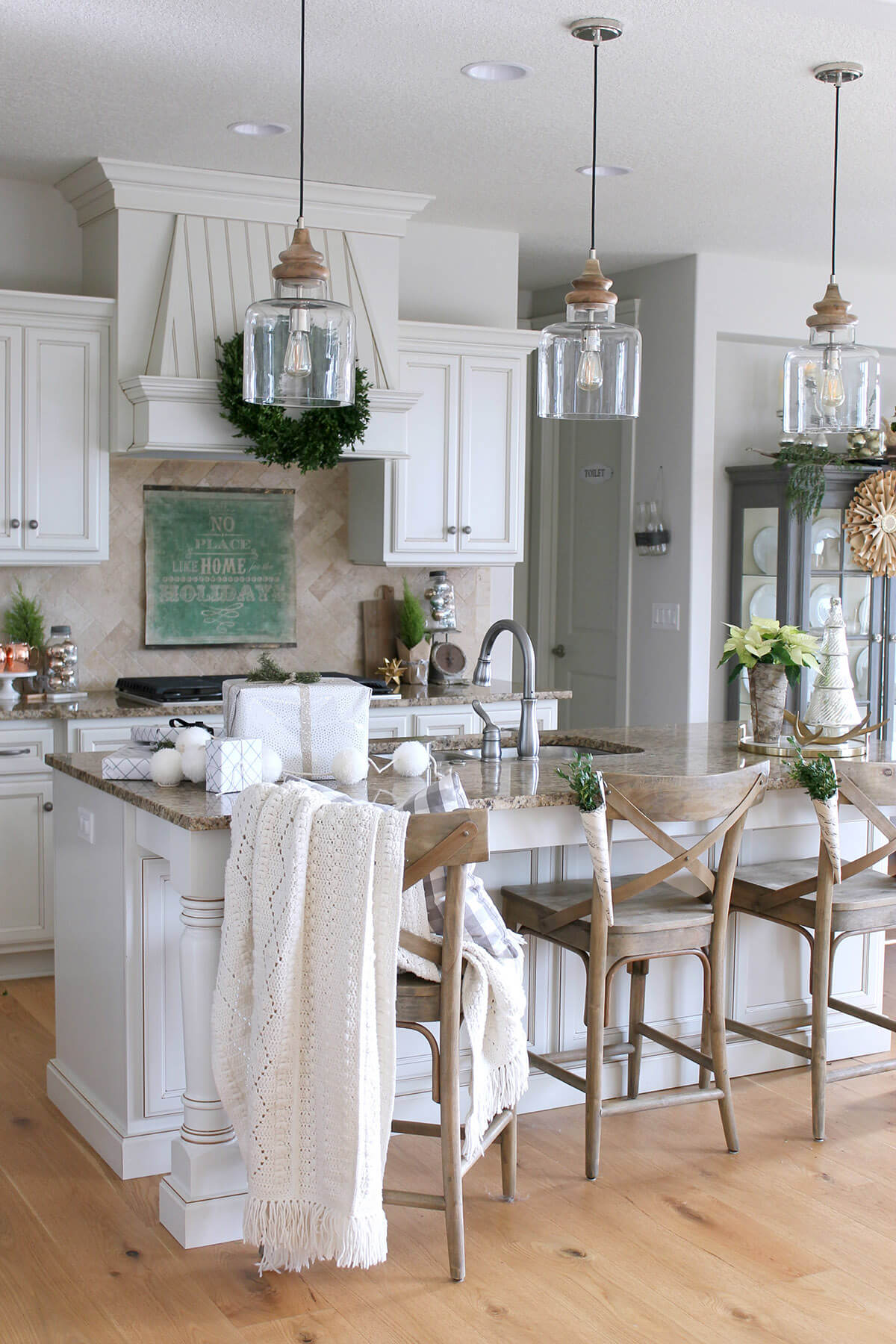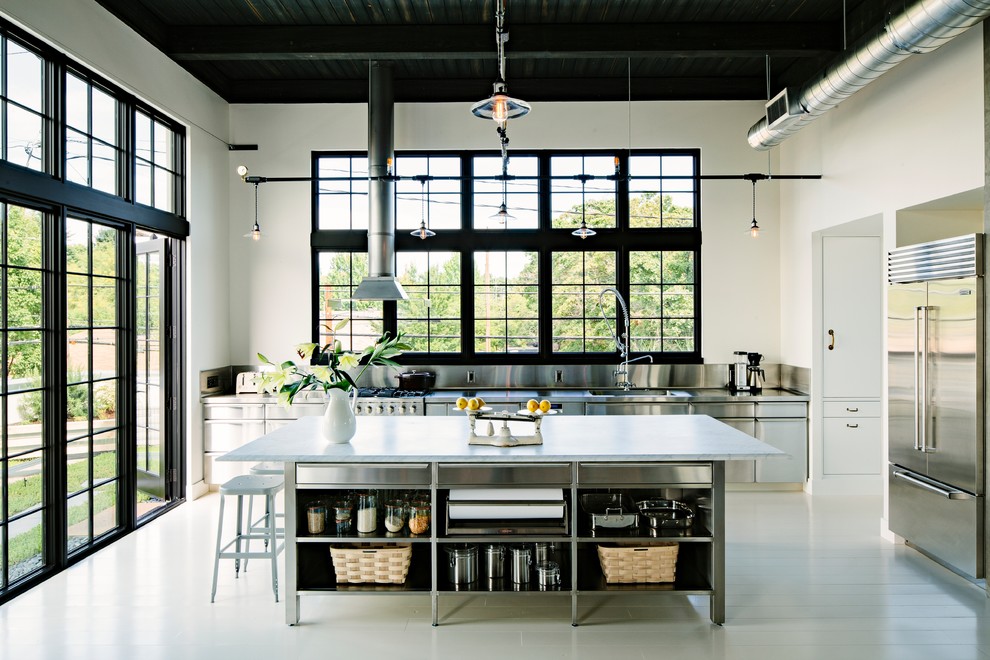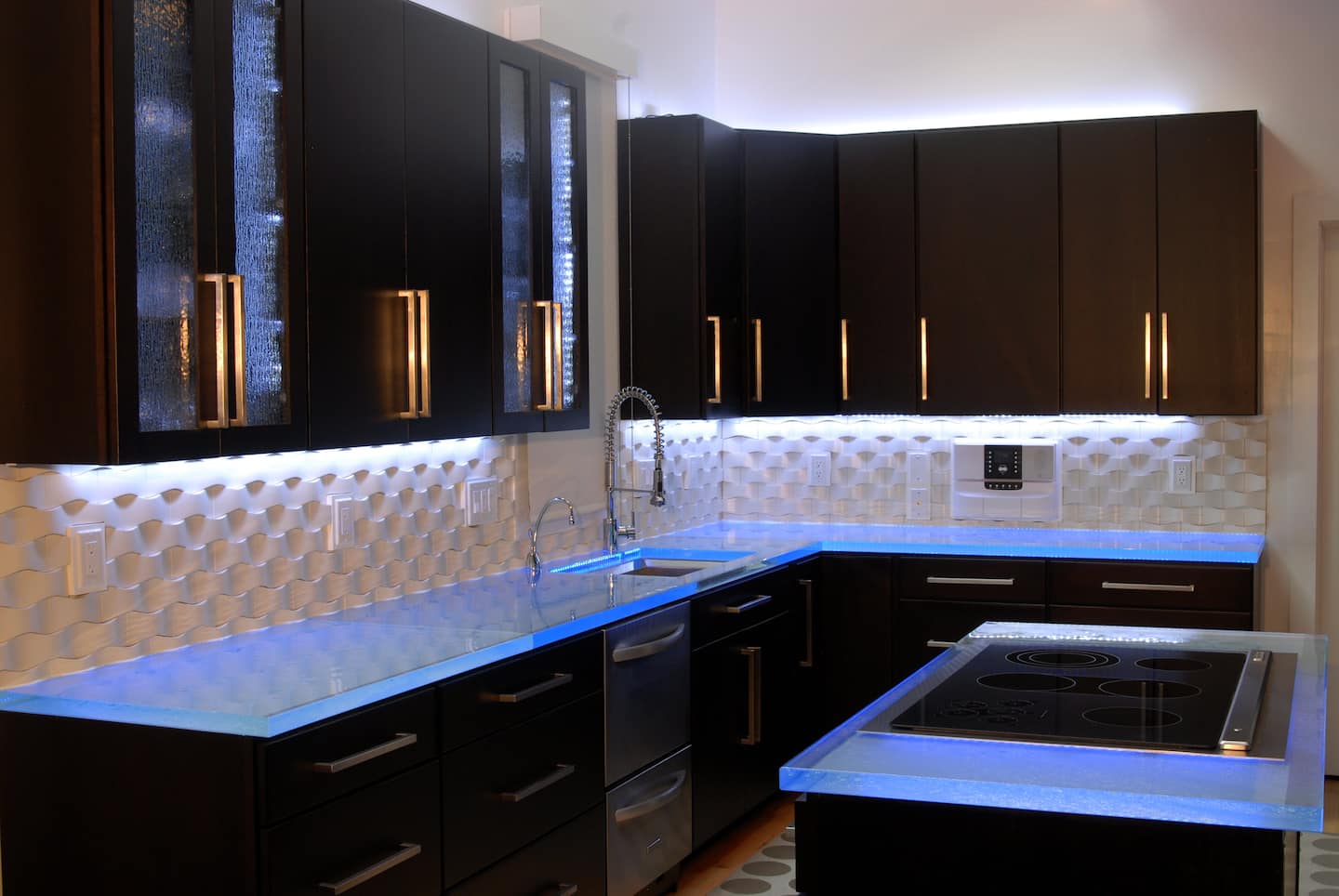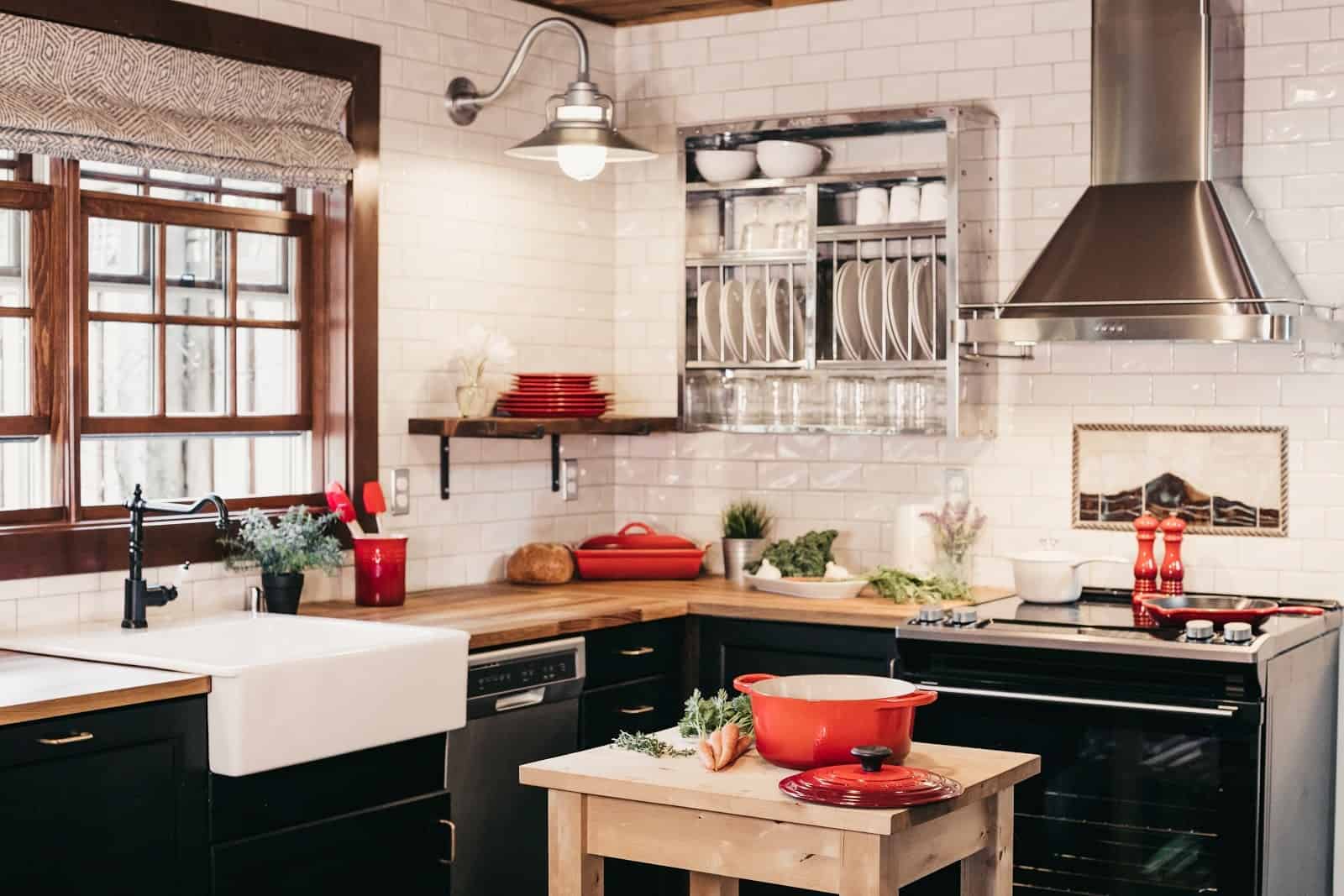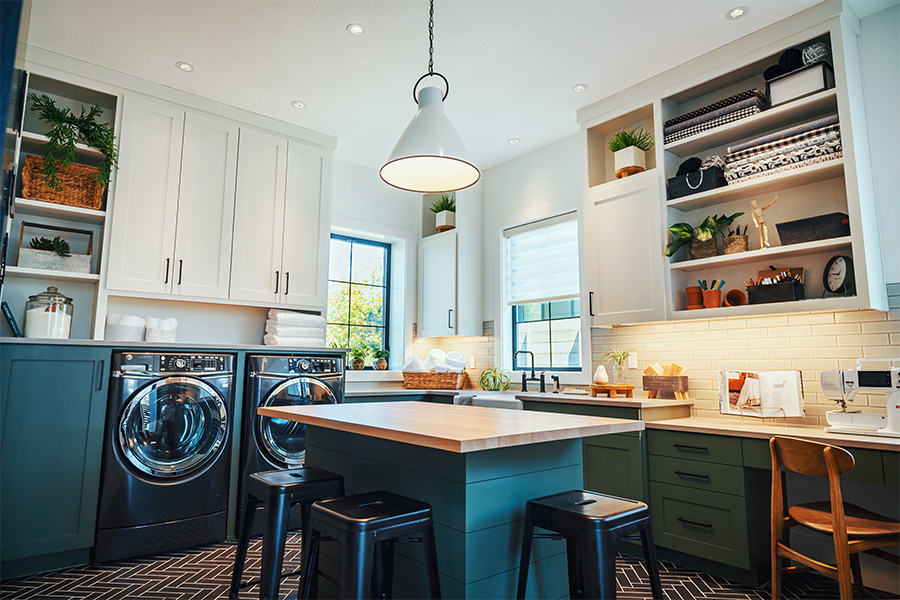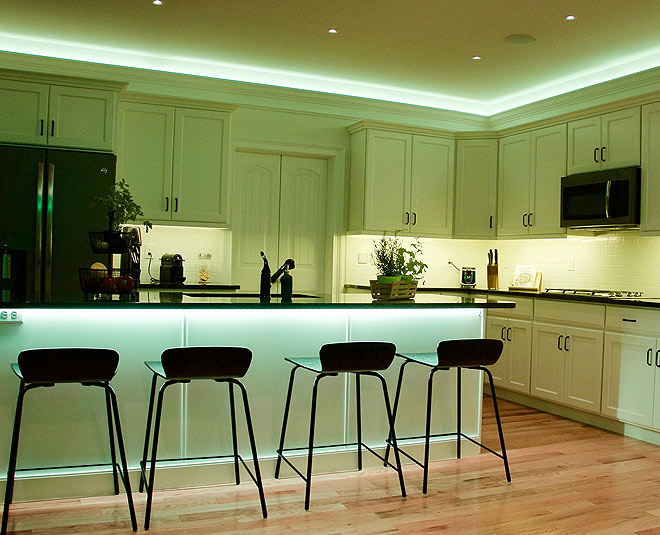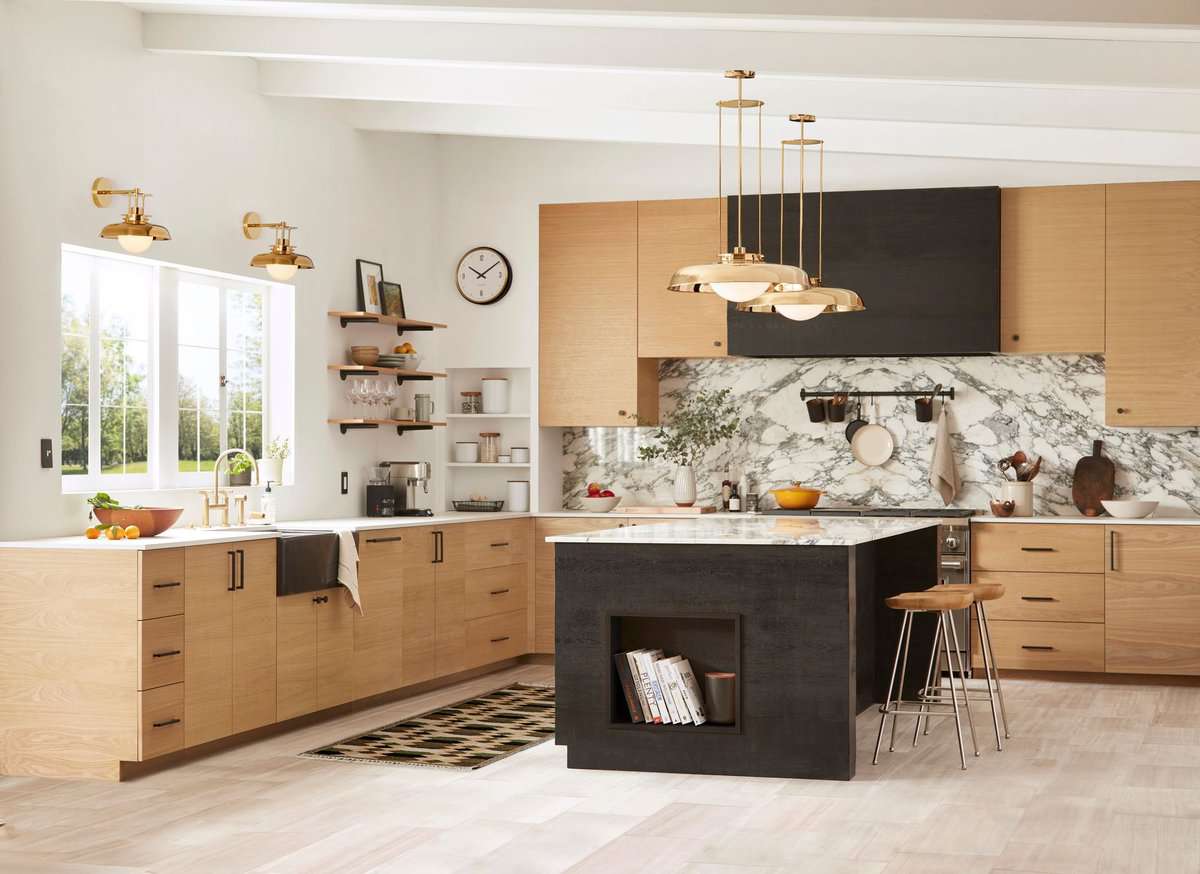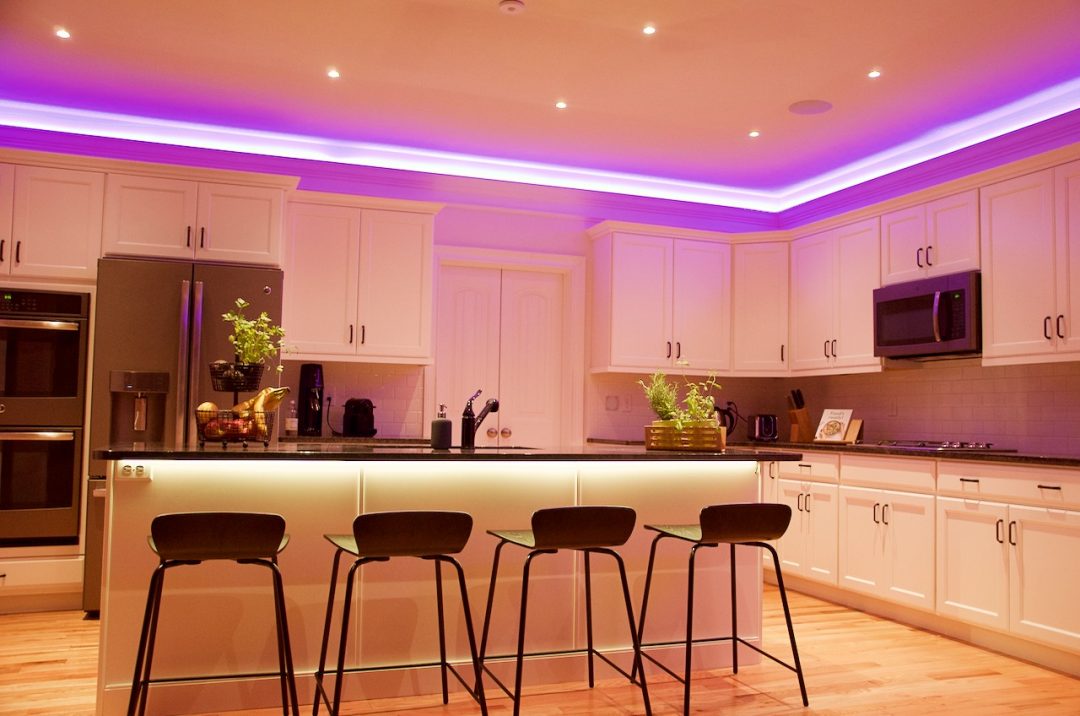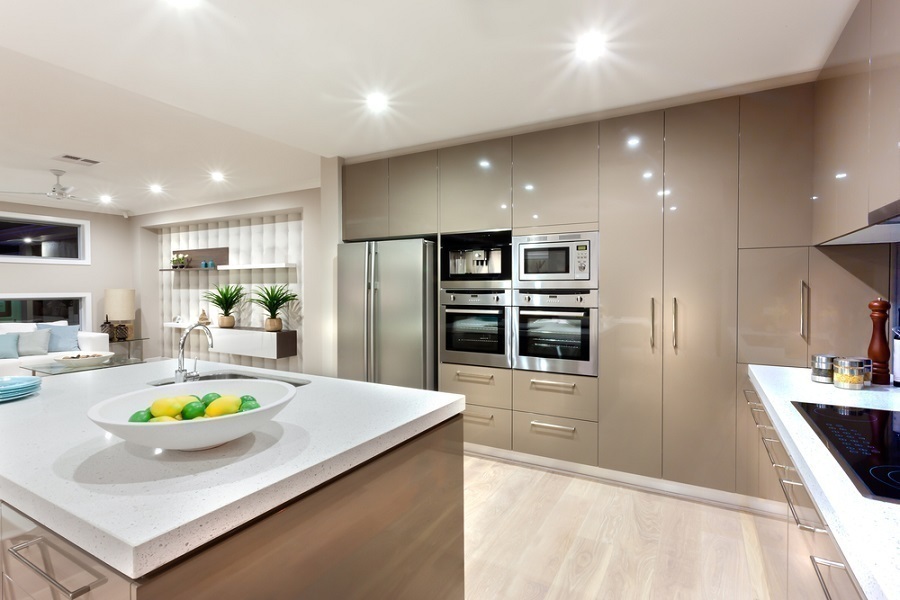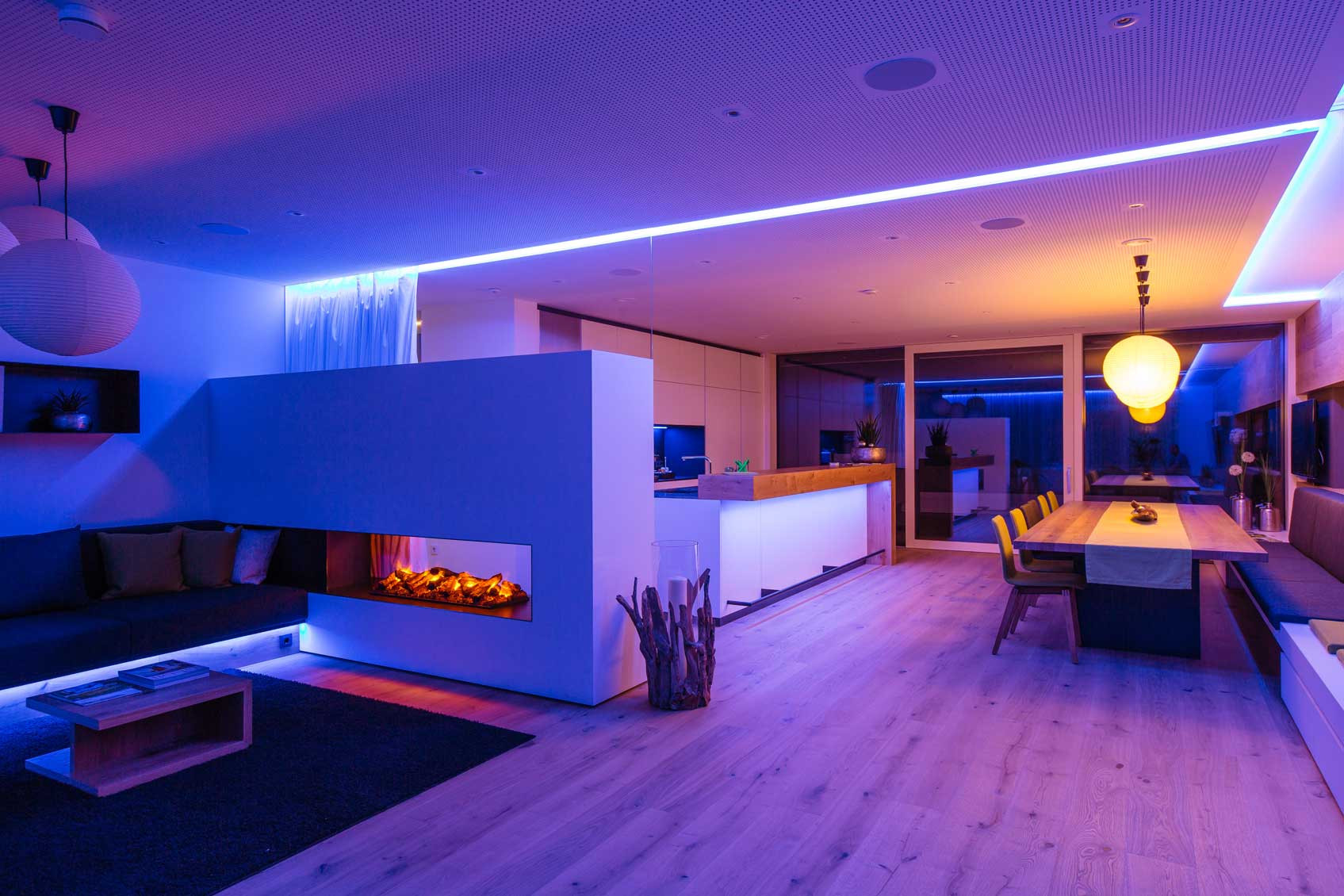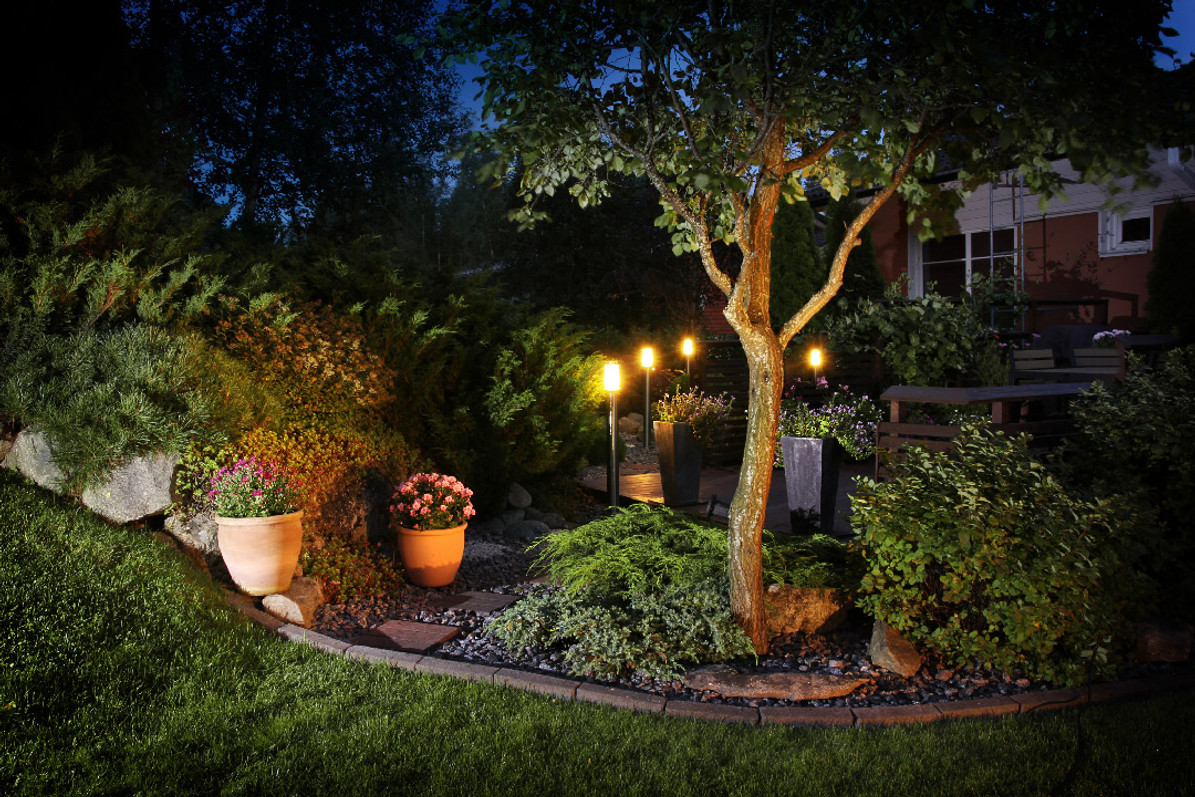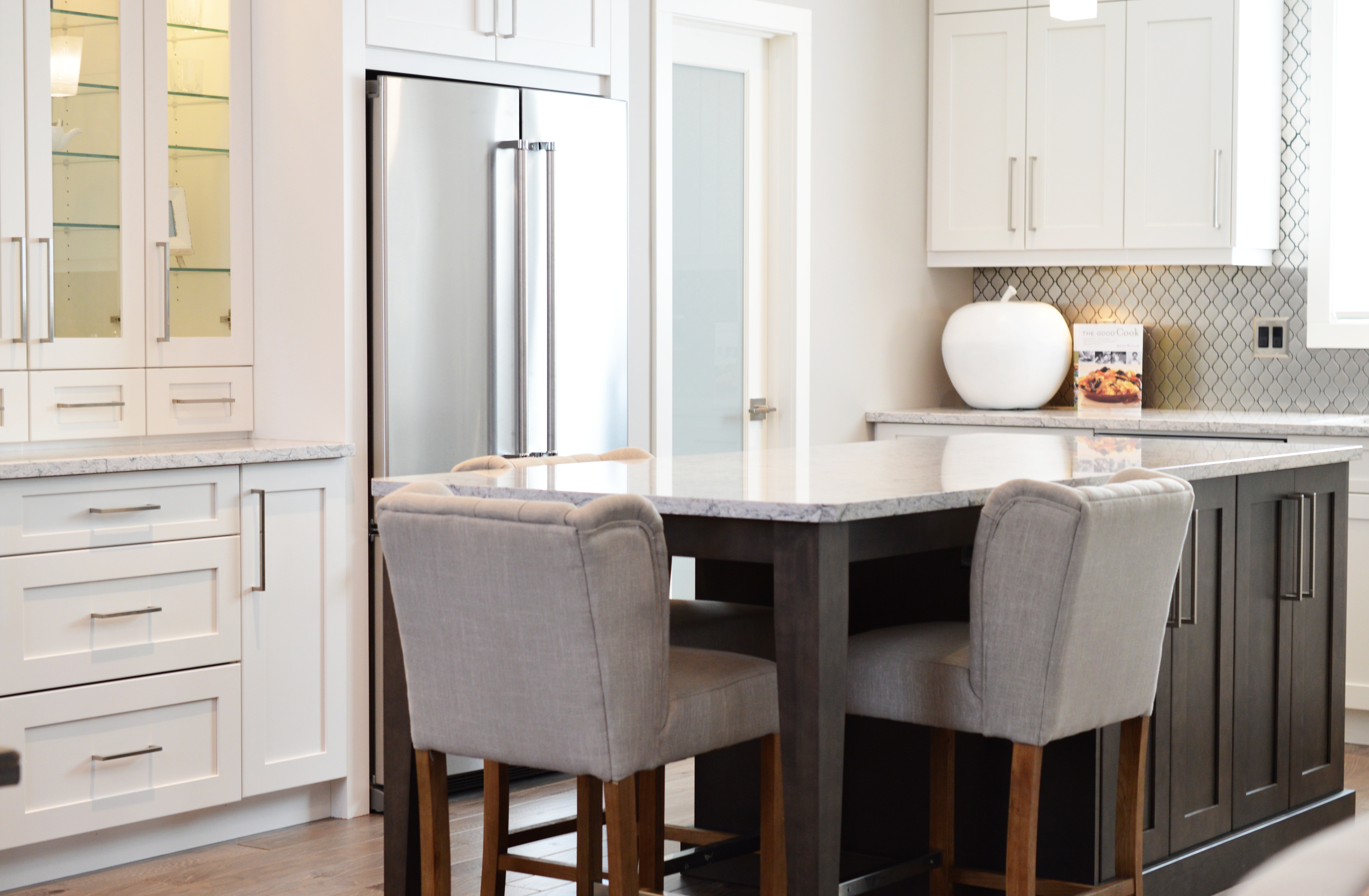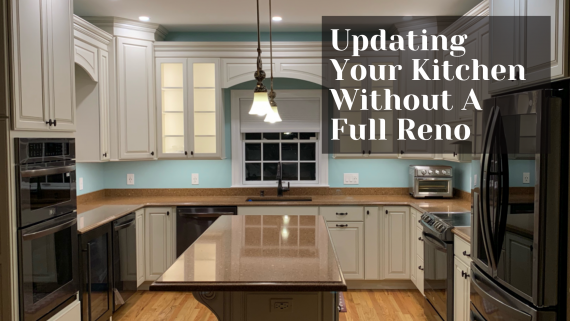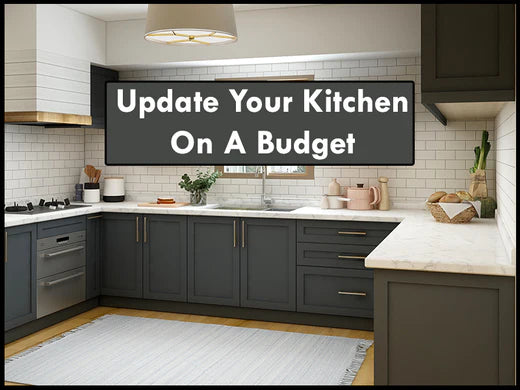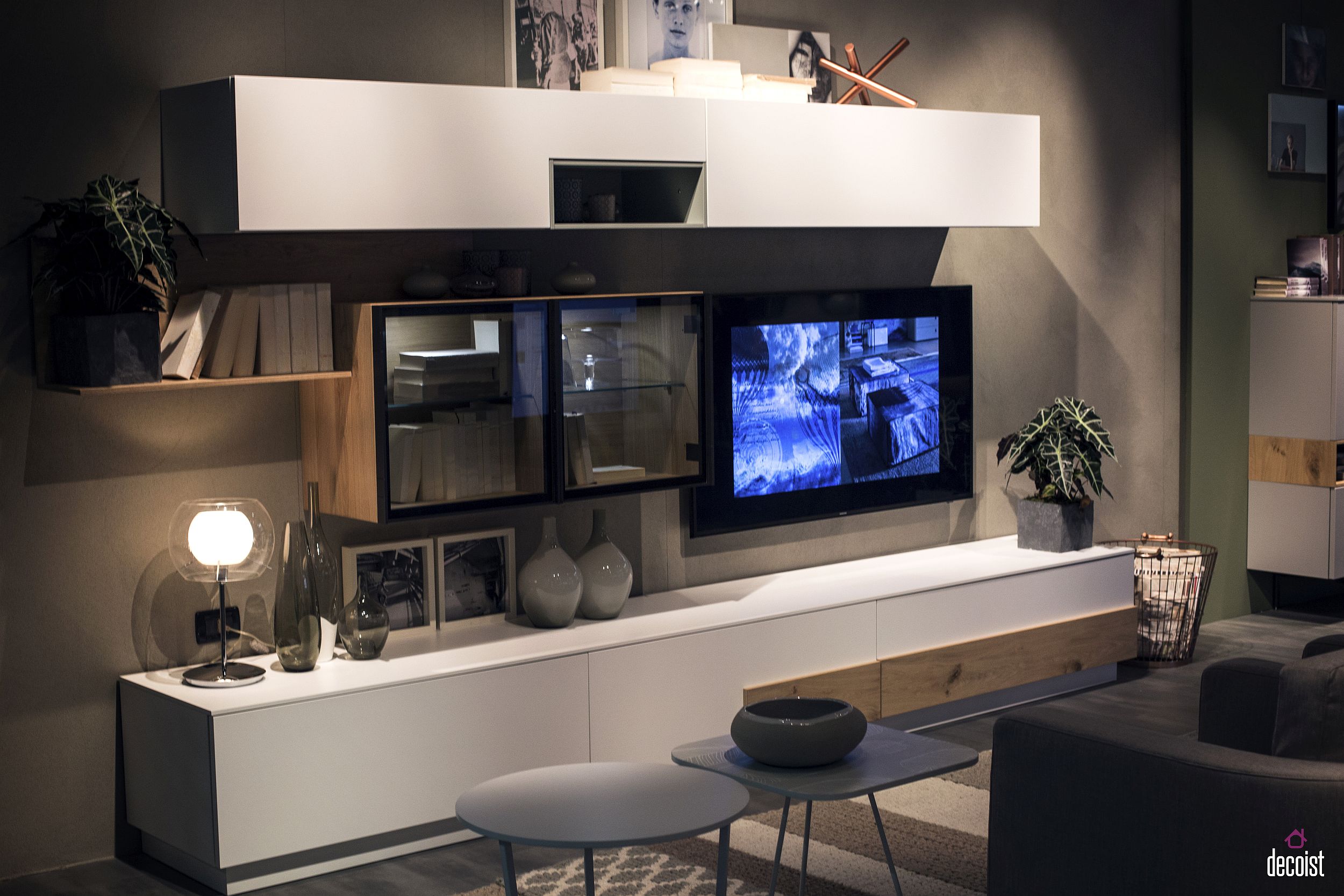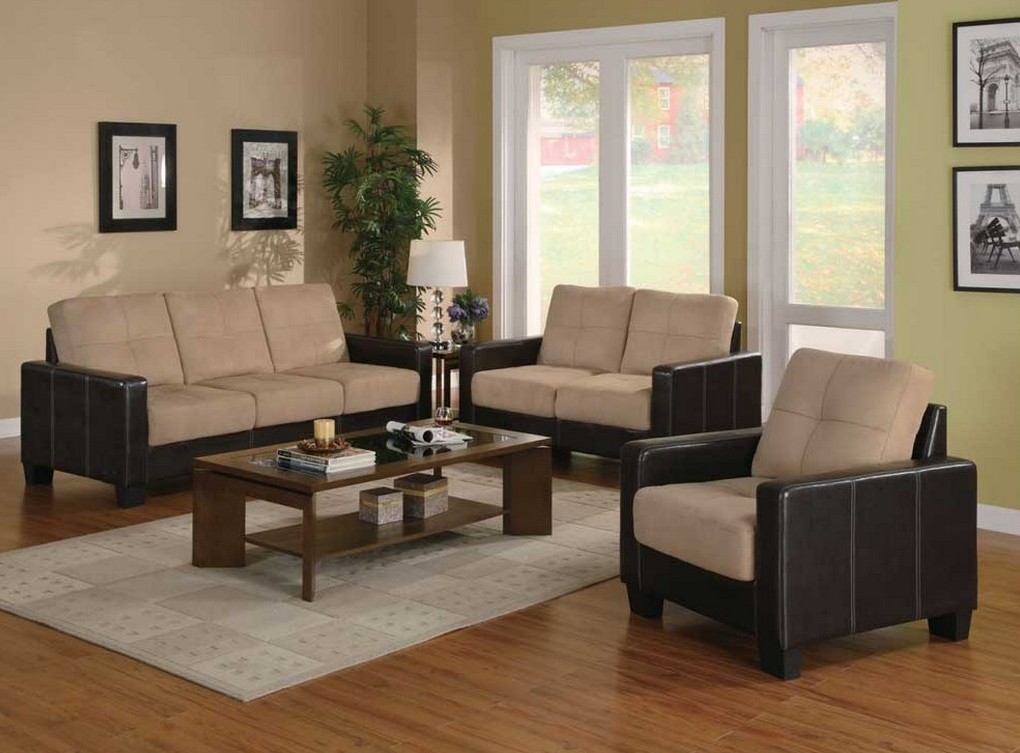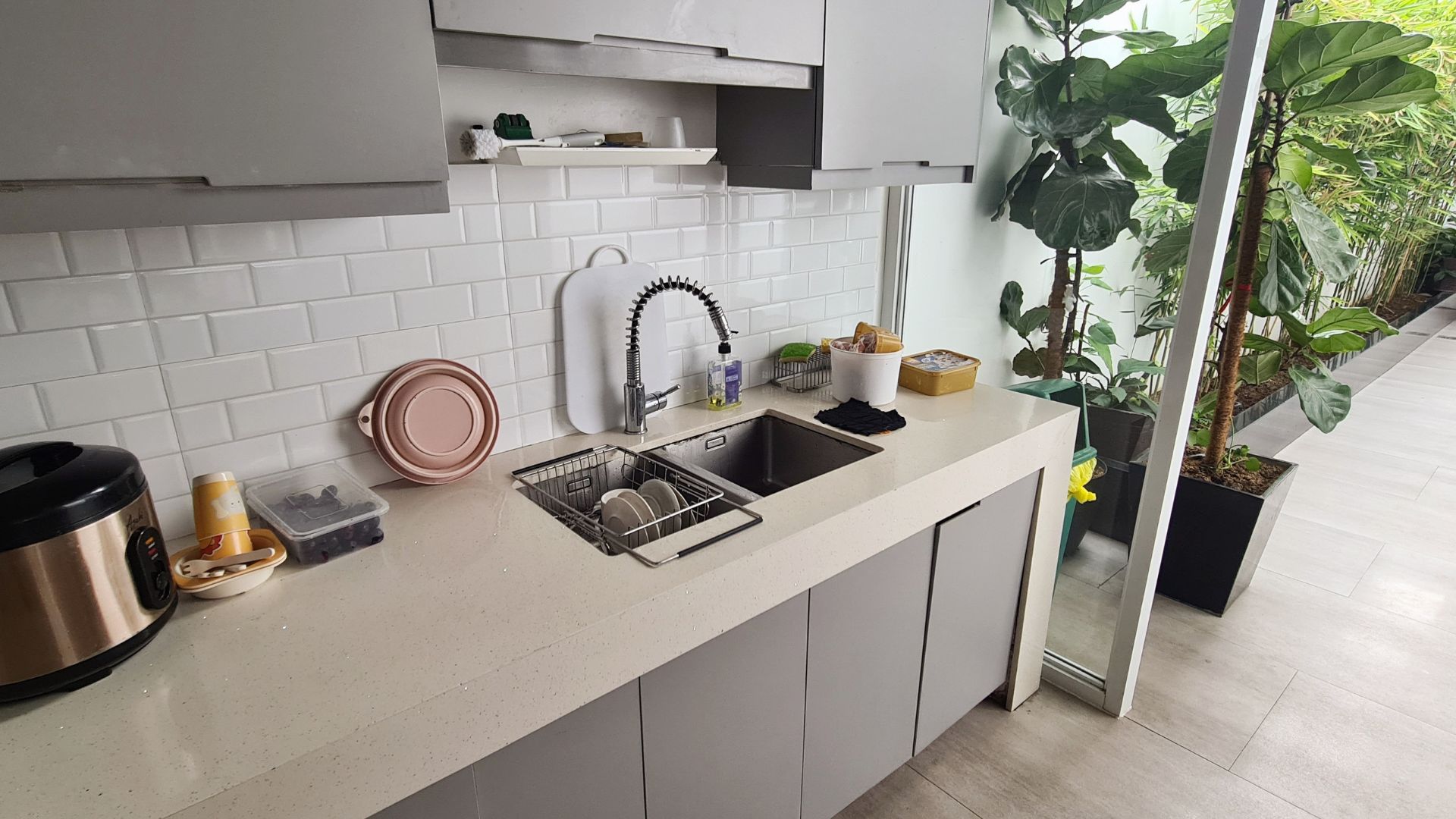When it comes to lighting up your kitchen, there are various options to choose from. The type of lighting you choose can have a significant impact on the overall look and functionality of your kitchen. Some common types of kitchen lighting include overhead lights, under-cabinet lights, pendant lights, and recessed lights.1. Types of Kitchen Lighting
Choosing the right lighting for your kitchen can be overwhelming, especially with so many options available. Start by considering the layout and size of your kitchen, as well as your personal style and lighting needs. It's also essential to think about the different functions of your kitchen and how lighting can enhance them.2. How to Choose the Right Lighting for Your Kitchen
A bright and well-lit kitchen can make all the difference in your cooking and dining experience. To achieve a brighter kitchen, consider using LED lights, which are energy-efficient and provide bright, natural lighting. You can also opt for light fixtures with multiple bulbs or adjustable settings to control the brightness level.3. Best Lighting Options for a Brighter Kitchen
Proper placement of lighting is crucial in creating a functional and visually appealing kitchen. Start by placing overhead lights in the center of the kitchen, and then add task lighting in areas where you need more focused lighting, such as above the stove or sink. For under-cabinet lighting, make sure it is installed close to the front edge of the cabinet for optimal illumination.4. Tips for Proper Kitchen Lighting Placement
In today's world, energy efficiency is becoming increasingly important. Fortunately, there are plenty of energy-efficient lighting options for your kitchen. LED lights, as mentioned earlier, are a great choice, but you can also consider compact fluorescent lamps (CFLs) or halogen bulbs. These options not only save energy but also last longer than traditional incandescent bulbs.5. Energy-Efficient Lighting Ideas for Your Kitchen
Lighting doesn't have to be limited to traditional fixtures. Get creative and think outside the box for unique ways to add lighting to your kitchen. For example, you can use rope lights to add a warm glow above your cabinets, or install LED strips under shelves for a subtle but effective lighting solution. Don't be afraid to get creative and experiment with different types of lighting.6. Creative Ways to Add Lighting to Your Kitchen
Task lighting is essential in the kitchen, especially in areas where you perform specific tasks, such as cooking or food preparation. This type of lighting should be bright and focused to ensure you have enough light to see what you're doing. It's also essential to have task lighting in areas where you may need to read recipes or measure ingredients.7. The Importance of Task Lighting in the Kitchen
Ambient lighting refers to the overall lighting in a room, and it plays a significant role in creating a warm and inviting atmosphere in your kitchen. To achieve ambient lighting, consider using dimmer switches to adjust the brightness level, or install chandeliers or pendant lights for a softer, more ambient glow. You can also use wall sconces or table lamps for added ambiance.8. How to Create Ambient Lighting in Your Kitchen
When it comes to kitchen lighting, there are a few dos and don'ts you should keep in mind. Do consider the different functions of your kitchen and choose lighting accordingly. Don't install lighting fixtures that are too large for the space, as this can overwhelm the room. And always prioritize safety by ensuring all wiring is done correctly and that fixtures are installed securely.9. Kitchen Lighting Dos and Don'ts
If you're on a tight budget but still want to update your kitchen lighting, don't worry. There are plenty of affordable options that can make a big impact. Consider swapping out old bulbs for energy-efficient LED bulbs, or simply changing the shades on your existing fixtures for a fresh new look. You can also find budget-friendly lighting options at second-hand or thrift stores.10. Updating Your Kitchen Lighting on a Budget
Choosing the Perfect Lighting for Your Kitchen
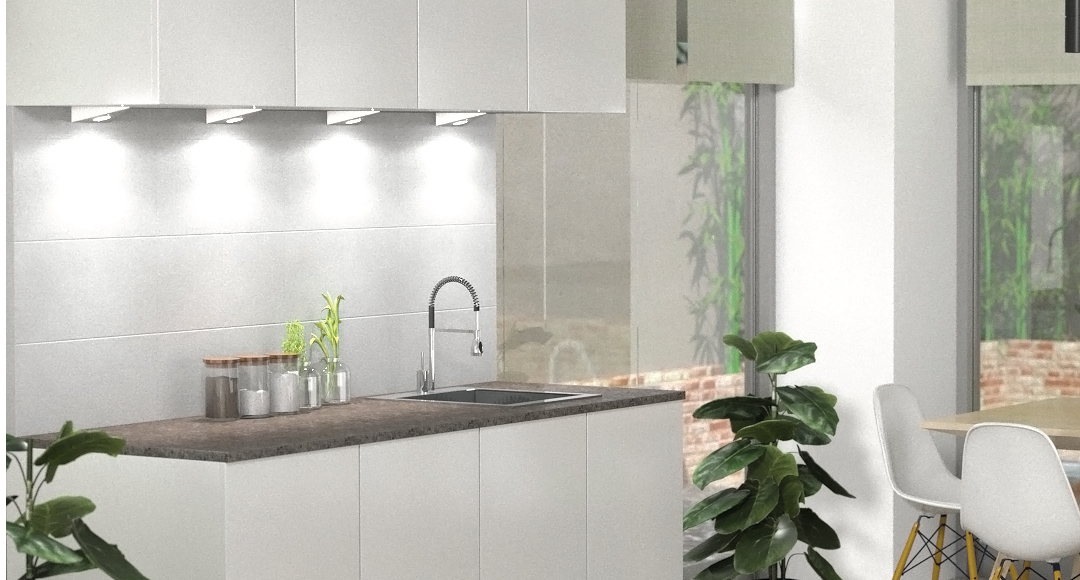
Why Lighting is Important in Kitchen Design
 When it comes to designing a kitchen, lighting is often overlooked or seen as an afterthought. However, appropriate lighting plays a crucial role in creating a functional and aesthetically pleasing space. Not only does it provide the necessary illumination for cooking and food preparation, but it also sets the mood and atmosphere of the room. Inadequate lighting can make a kitchen feel dull and uninviting, while the right lighting can make it feel warm and welcoming. Therefore, it is essential to carefully consider the lighting choices for your kitchen.
When it comes to designing a kitchen, lighting is often overlooked or seen as an afterthought. However, appropriate lighting plays a crucial role in creating a functional and aesthetically pleasing space. Not only does it provide the necessary illumination for cooking and food preparation, but it also sets the mood and atmosphere of the room. Inadequate lighting can make a kitchen feel dull and uninviting, while the right lighting can make it feel warm and welcoming. Therefore, it is essential to carefully consider the lighting choices for your kitchen.
The Three Main Types of Kitchen Lighting
 Ambient Lighting
is the general lighting that provides overall illumination for the entire kitchen. This type of lighting is usually achieved through overhead lights, such as recessed or flush mount fixtures. Ambient lighting should be bright enough to light up the entire space, but not too harsh or glaring.
Task Lighting
is focused lighting that is used for specific tasks, such as food preparation, cooking, or reading recipes. This type of lighting is usually provided by under cabinet lights, track lights, or pendant lights. Task lighting should be bright and directed towards the work areas to ensure proper visibility and reduce eye strain.
Accent Lighting
is used to highlight specific features or areas in the kitchen, such as artwork, shelves, or a kitchen island. This type of lighting is usually achieved through spotlights, track lights, or recessed lights. Accent lighting adds depth and dimension to the kitchen and creates a more visually appealing space.
Ambient Lighting
is the general lighting that provides overall illumination for the entire kitchen. This type of lighting is usually achieved through overhead lights, such as recessed or flush mount fixtures. Ambient lighting should be bright enough to light up the entire space, but not too harsh or glaring.
Task Lighting
is focused lighting that is used for specific tasks, such as food preparation, cooking, or reading recipes. This type of lighting is usually provided by under cabinet lights, track lights, or pendant lights. Task lighting should be bright and directed towards the work areas to ensure proper visibility and reduce eye strain.
Accent Lighting
is used to highlight specific features or areas in the kitchen, such as artwork, shelves, or a kitchen island. This type of lighting is usually achieved through spotlights, track lights, or recessed lights. Accent lighting adds depth and dimension to the kitchen and creates a more visually appealing space.
How to Choose the Right Lighting for Your Kitchen
 When selecting lighting for your kitchen, it is important to consider both function and style. Here are some tips to help you choose the right lighting for your kitchen:
1. Determine the Purpose:
Consider the activities that will take place in your kitchen and choose lighting accordingly. For example, if you have a large island where you will be doing most of your food prep, task lighting will be crucial.
2. Consider the Layout:
The layout of your kitchen will also play a role in determining the type of lighting you need. For example, if you have a galley kitchen, you may need more ambient lighting to evenly light up the narrow space.
3. Coordinate with Style:
Your lighting choices should also complement the overall style and design of your kitchen. For example, if you have a modern kitchen, sleek and minimalist lighting fixtures would be a great choice.
4. Layer Your Lighting:
A combination of ambient, task, and accent lighting will create a well-balanced and functional kitchen. Layering your lighting will also add depth and visual interest to the space.
When selecting lighting for your kitchen, it is important to consider both function and style. Here are some tips to help you choose the right lighting for your kitchen:
1. Determine the Purpose:
Consider the activities that will take place in your kitchen and choose lighting accordingly. For example, if you have a large island where you will be doing most of your food prep, task lighting will be crucial.
2. Consider the Layout:
The layout of your kitchen will also play a role in determining the type of lighting you need. For example, if you have a galley kitchen, you may need more ambient lighting to evenly light up the narrow space.
3. Coordinate with Style:
Your lighting choices should also complement the overall style and design of your kitchen. For example, if you have a modern kitchen, sleek and minimalist lighting fixtures would be a great choice.
4. Layer Your Lighting:
A combination of ambient, task, and accent lighting will create a well-balanced and functional kitchen. Layering your lighting will also add depth and visual interest to the space.
In Conclusion
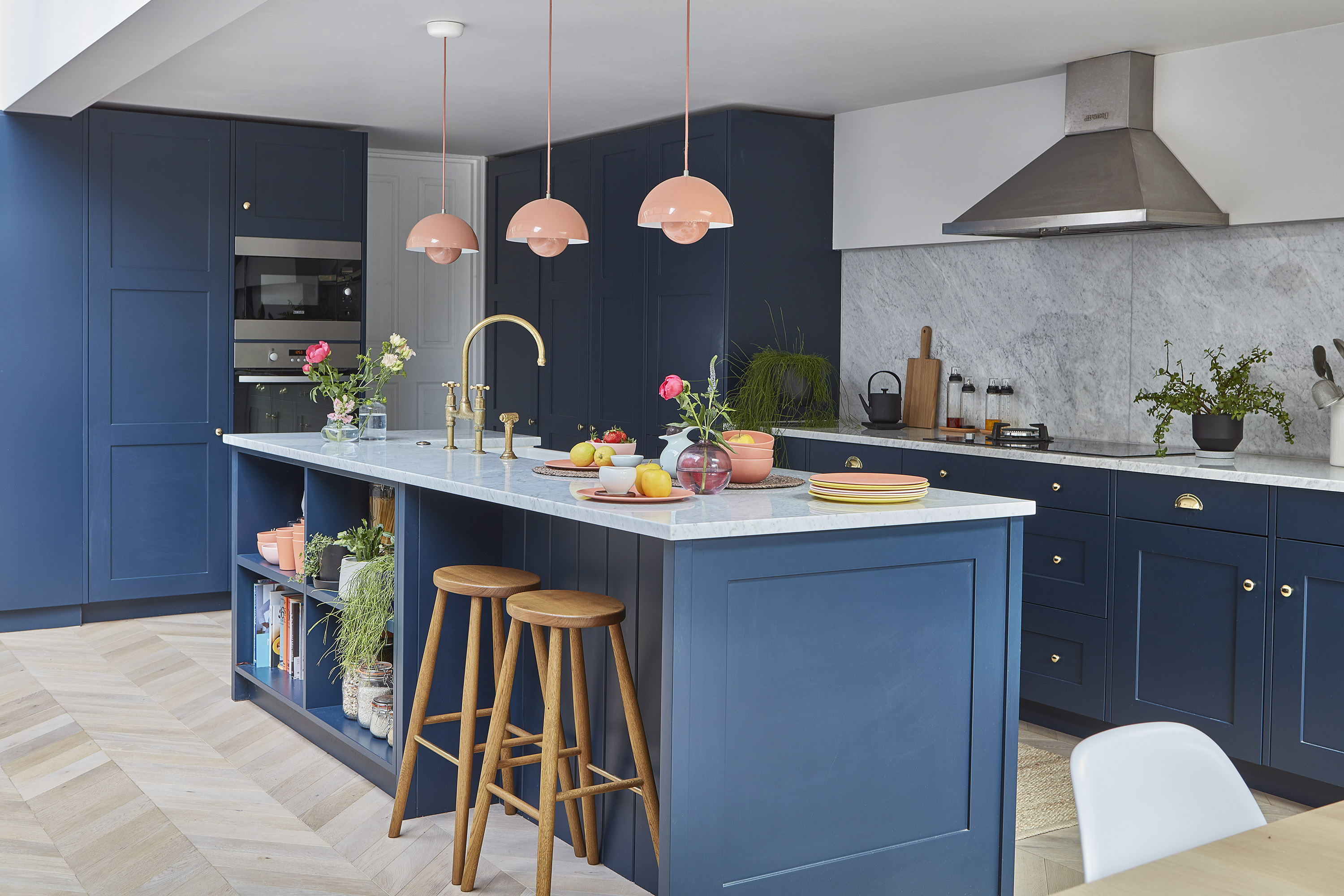 In conclusion, lighting is a crucial element in kitchen design. By understanding the different types of lighting and how to choose the right ones for your kitchen, you can create a functional and visually appealing space that meets your needs and personal style. Remember to consider the purpose, layout, and style of your kitchen when selecting lighting and don't be afraid to layer different types of lighting for the best results.
In conclusion, lighting is a crucial element in kitchen design. By understanding the different types of lighting and how to choose the right ones for your kitchen, you can create a functional and visually appealing space that meets your needs and personal style. Remember to consider the purpose, layout, and style of your kitchen when selecting lighting and don't be afraid to layer different types of lighting for the best results.



